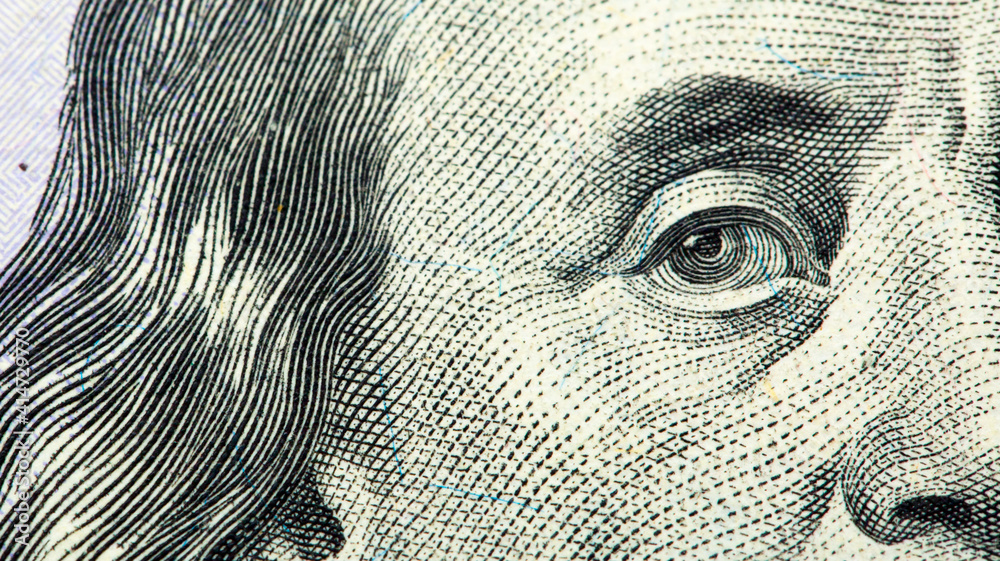A Spanish toy company will begin marketing a doll in the United States next year that allows children to imitate the act of breastfeeding by using a special halter-top that comes with a suckling baby. This has prompted a range of reactions and debate about the over-sexualization of young girls, forcing kids to grow up too quickly, or teaching young girls too soon about a natural part of motherhood.
Interested buyers of the Bebé Glotón (Spanish for gluttonous baby) can watch a young girl demonstrate how the doll works in a video posted on YouTube. Comments on video include everything from, “Breastfeeding is in no way sexual and is a natural process that a mature woman’s body goes through,” to “Are you giving them fake tampons and push-up bras at this age too? Some things are better left for when they are older.”
Most people accept dolls that sit on a toilets and urinate or suck on bottles and burp as appropriate toys, so why not a doll that breastfeeds?
Children need toys they can relate to and learn from and this doll provides that to young girls. A toy that highlights the sexual aspects of the female body can provide parents an opportunity to teach their daughters what to strive for if they apply their own values to the doll and teach young girls about what’s attainable and what’s a facade.
Before 1959, young American girls only played with dolls resembling babies and adult female paper cutouts. That all changed after a woman named Ruth Handler modified a German sex doll into the now-iconic Barbie doll.
Handler had noticed her pre-teen daughter, Barbara, preferred playing with the paper dolls resembling grown-ups, so while on family trip to Europe, she bought her an adult-looking doll named Bild Lilli.
At the time, she was unaware the doll was actually a famous sex symbol based on a German comic strip character and the toy was intended as a gag gift for men, not children. But Handler, the daughter of the co-founder of toy-making company Mattel, said she had wanted to create a plastic doll with an adult-female body, which included breasts. She sensed the importance of young girls imagining what they themselves might be when they grow up rather than just imagining their abilities to rear children.
She reworked the doll’s design and birthed the Barbie doll, a fashion icon functioning as a steady figure of influence for girls and an ever-changing reflection of American social climates. Barbie opened the doors for young girls to imagine themselves in different occupations such as a doctor, businesswoman, firefighter, pilot or athlete.
Despite her hypersexual physical characteristics, the Barbie doll undeniably revolutionized female career ideals. However, those same characteristics have long been criticized as setting an impossible physical ideal for women that can have negative effects on their self-esteem.
So are Barbie’s boobs good or evil? Just like the breast-feeding doll, Barbie is only a toy, and can arguably be used to help or to harm.
It should be a parent’s mission to explain toys that could send inappropriate messages about a woman and over-sexualize young girls, counteracting that by taking their own creative measures to redefine the toys valuable lessons.





